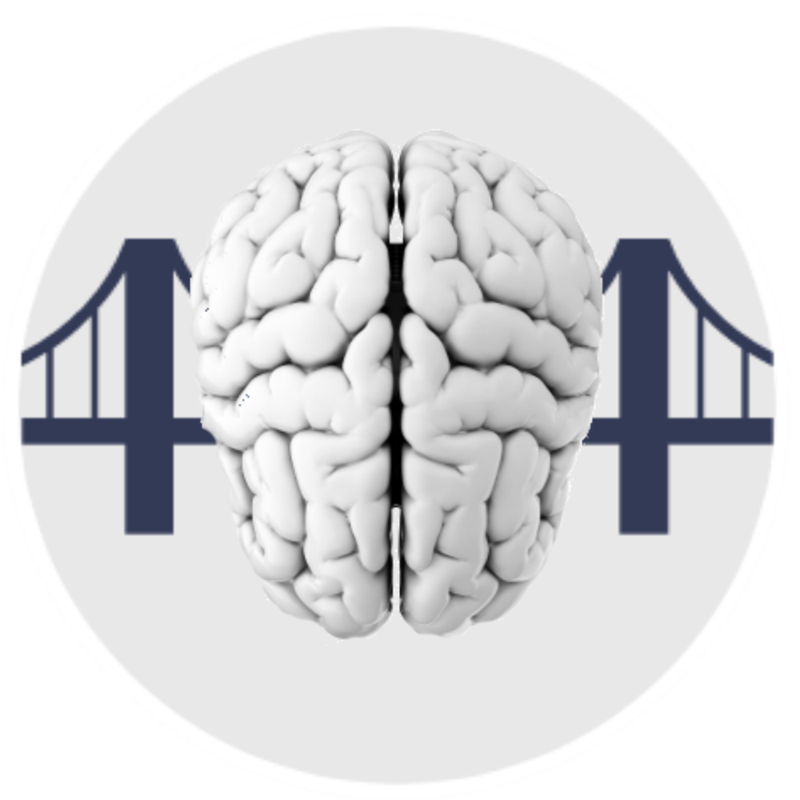The first 5 minutes that improve learning, especially in millennials
by Janet Zadina on 10/30/18
Turns out that millennials (ages 18-33) are more stressed than older adults. In fact, their stress levels are well above the national average. The factors contributing to that stress level are work and finances. If they are in school, then that would contribute even more to those levels. School shootings are also a factor. To make matters worse, they are stressed about being stressed! Almost half felt they were not managing their anxiety well. This article is also relevant for K-12. Children as young as 4 can have anxiety and depression. About 8-10% of students ages 13-18 have an anxiety disorder. Anxiety and stress impair learning. They use mental resources that could be used for learning. It is like having a virus scan running on your computer slowing down the other processing. The worst effect of anxiety and stress is the effect on the frontal lobes. They inhibit the activation of the frontal lobes where higher-order thinking take place. This would impact the type of thinking that we would want to focus on most in education. It makes it harder to plan, organize, carry out long-term projects, and to engage in metacognition. Critical thinking is impaired. Furthermore, stress impairs working memory. Working memory is what you are able to hold “online” in your mind while working with the information. It is limited to a few seconds. For example, if you ask someone directions and by the time they finish giving them you have no idea where to start, then you have experienced the limitations of working memory. Working memory is hugely essential to academic success. It is required for working math problems, for reading comprehension, and even for writing. It can hurt students’ test-taking ability because lengthy questions are highly dependent upon working memory. Additionally, anxiety and stress affect attention. They change the focus of attention and make it harder to pay attention when learning. Attention drives learning! It is attention that creates the plasticity that enables the brain to change. Finally, anxiety and stress impact the ability to self-regulate and to regulate emotion. This can lead to behavioral issues in class. Millennials and older adults feel that health care practitioners are not helping them manage their stress. You, as faculty, are first responders. There is much that you can do in the classroom without much time away from academics to help students reduce stress in the moment so that they can learn better. They come in the classroom unavailable to learn. If you spend 2-5 minutes at the beginning of class providing an opportunity to reduce their stress, you are making their brains available to learn for the rest of the class period. I would say that is a significant return on investment. You have to set the table before you can eat. Use the first 2-5 minutes to set the table for better learning. First, as students walk in have appropriate music playing. The music should be upbeat and positive with a beat-per-minute a little higher than concentration (70-90 bpm) or at concentration levels (60-80, heartbeat rate). Don’t worry too much about that. Just don’t play anything too slow or too energetic. The recent song Today is Going to Be a Good Day https://www.youtube.com/watch?v=IkIRnnb2vtw or Three Little Birds https://www.youtube.com/watch?v=zaGUr6wzyT8 or Don’t Worry Be Happy https://www.youtube.com/watch?v=d-diB65scQU are some options you could start with. You could use the same song every day, like a theme song, or change it up. I suggest you stay in charge of the music or preview it if they want to bring it because you are creating an arousal level and a mood change and you want that to be optimal for learning, not just for enjoyment. You turn it off when class starts so that is zero class time used. Secondly, consider the practice of having students keep a gratitude journal in which every day they write down three things they are grateful for that day. This practice has now been shown through research to improve mood and reduce anxiety because it changes the focus of attention. When someone knows that every day he or she will need to come up with three things, the brain starts looking for positive things and, over time, this changes the brain. I had them do the gratitude journal while I took roll and/or handed out papers, so it really didn’t take much away from classroom time. Even if you just focused on the gratitude journal, you are looking at about 2 minutes after they initially get the hang of it. A third measure to reduce stress is to take a few deep breaths. To be brief, slow deep breathing tells the brain that you are safe and relaxed. By forcing that, you send the message to the brain to turn off the flight or fight chemicals. Finally, engage in one minute of mindfulness meditation. Meditation is no longer cutting-edge in schools: it is becoming prevalent as the research is very convincing. Mindfulness meditation is focused attention. The easiest one is to ask them to think the words “breathe in” and “breathe out” as they pay attention to their breath. When their mind wanders, and tell them it is normal that it will and to gently bring attention back to the breath. Start with 20 seconds and then 40 and finally, one minute. Now you have set the table for learning. They are mentally and physically available to learn! Find more resources at http://www.brainresearch.us/Resources_PTSD_Stress.html and http://www.brainresearch.us/The-Butterfly-Project.html


